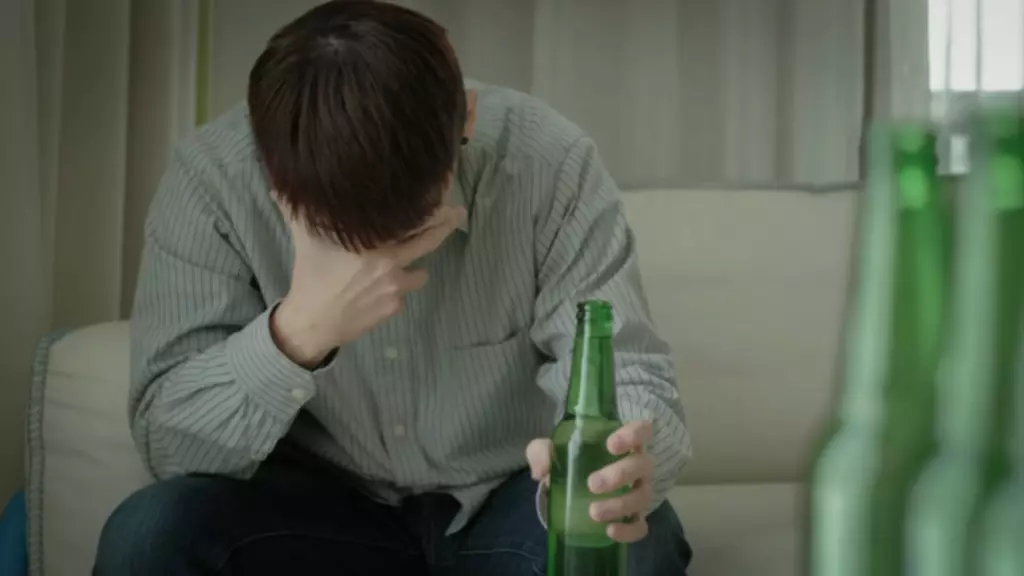Symptoms that you may experience in this stage include confusion, anxiety, irritability, and headache. Some people describe a general “funny feeling” that happens in this phase. For those with alcohol Sober House use disorder, withdrawal is just the first (but very important) step on a long journey to recovery. These first few weeks are critical because they are when the risk of relapse is highest.
The Necessity of Addiction Training
If this is you, then keep reading to better understand seizures and whether you’re at risk if you stop drinking. In addition, in experiments with recombinant GABAA receptors, low concentrations of GABA were not found to affect the most abundant GABAA-receptor isoforms, which contain the γ2 subunit. Recently, however, it has https://businesstribuneonline.com/top-5-advantages-of-staying-in-a-sober-living-house/ been discovered that GABAA receptors containing the δ subunit, in particular α4β2δ (36) and α6β2δ (37) receptors, are exceptionally sensitive to ethanol. Because δ subunit–containing GABAA receptors have a highly specific regional distribution, the lack of uniformity in the experimental results is now understandable.

Alcohol Consumption and Antiepileptic Medications
- Symptoms of Korsakoff’s syndrome include severe amnesia for past events, along with impaired ability to commit current experience to memory.
- If you’re in a standing position or around dangerous objects, a seizure can cause a potentially fatal accident or injury.
- Moderate to heavy drinkers can also benefit from medical supervision in the acute withdrawal stage.
The relationship between alcohol and seizures is complex and multifaceted. The seizure threshold is raised by alcohol drinking and declines on cessation of drinking. As a result, during withdrawal from alcohol, usually 6-48 hours after the cessation of drinking, seizures may occur.
Behavioral Treatment
Remember you are facing a difficult challenge during alcohol withdrawal, but you are not alone. There are many resources available to help, including peer support groups, counseling, therapy, and inpatient rehabilitation. For people who experience hallucinations as part of alcohol withdrawal, these may begin in the 12- to 24-hour time frame. In addition, vitamin supplements may be given to replace essential vitamins that are depleted by alcohol use.
Millions of people join support groups to help stop drinking and stay stopped. Studies show support groups play an instrumental role in helping people develop healthy social networks that result in continued sobriety. However, medical complications can occur during the acute phase of withdrawal. During the 12- to 24-hour time frame after the last drink, most people will begin to have noticeable symptoms. These may still be mild, or the existing symptoms might increase in severity. There is no exact timeline for alcohol withdrawal, and individual factors, such as the level of dependence on alcohol, will influence it.
- However, only about 30% of patients used alcohol, thus excluding 70% from any analysis of potential alcohol-related effects on the disease.
- People with epilepsy should consult their doctor before using alcohol, as alcohol can affect epilepsy medications.
- If you seek medical treatment before quitting alcohol cold turkey, you may be able to taper slowly with a medical professional’s help.
- Reduced sleep quality and consecutive sleep deprivation have long been discussed to facilitate the occurrence of seizures in patients with epilepsy (31), and especially in those with generalized genetic epilepsy (32–34).
It should not be used in place of the advice of your physician or other qualified healthcare providers. Long-term alcohol use can increase your risk of developing epilepsy, a condition where you are prone to having seizures. While the reason for this is not fully understood, alcohol does create changes in receptors in your brain that affect your likelihood of having a seizure. While epilepsy can develop on its own in people who do not use alcohol, long-term alcohol use will increase the risk of epilepsy developing in some people. Researchers separated out a group of patients who took their medication for at least a full 120 days, to make sure the difference couldn’t be chalked up to one group being more adherent than the other.
Someone with epilepsy should not drink alcohol without first discussing the potential risks with a doctor who is familiar with their specific condition. The significance of this cluster of symptoms has been debated (Satel et al. 1993). For example, PWS could reflect the brain’s slow recovery from the reversible nerve cell damage common in alcoholism. Clinically, the symptoms of PWS are important, because they may predispose abstinent alcoholics to relapse in an attempt to alleviate the symptoms (Satel et al. 1993).
Withdrawal seizures usually consist of generalized convulsions alternating with spasmodic muscular contractions (i.e., tonic-clonic seizures). Seizures that begin locally (e.g., with twitching of a limb) suggest the presence of a co-occurring disorder, which should be fully investigated. Most symptoms will typically peak five days after they begin and will begin to decrease about five to seven days after they begin. In a 2019 study, researchers showed that quitting alcohol had a positive effect on most people’s mental well-being. Researchers have not determined if this is caused by the effects of alcohol on the brain or is the result of thiamine deficiency. This is a severe and short-term neurologic disease that can be life threatening.







